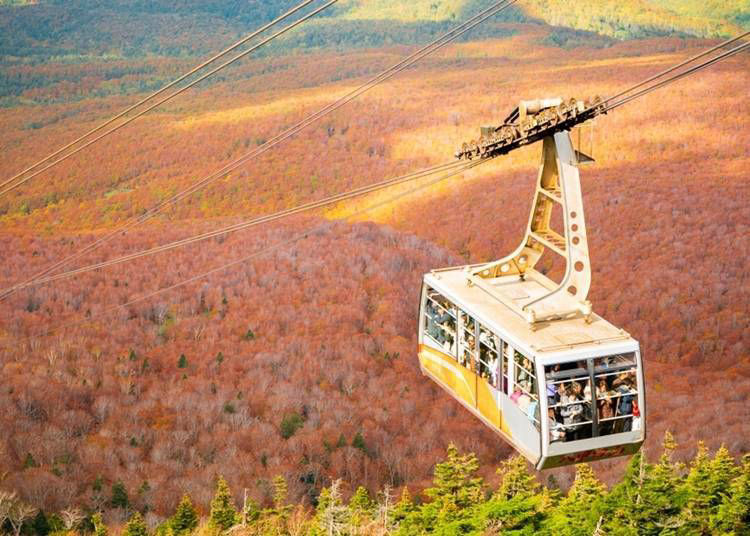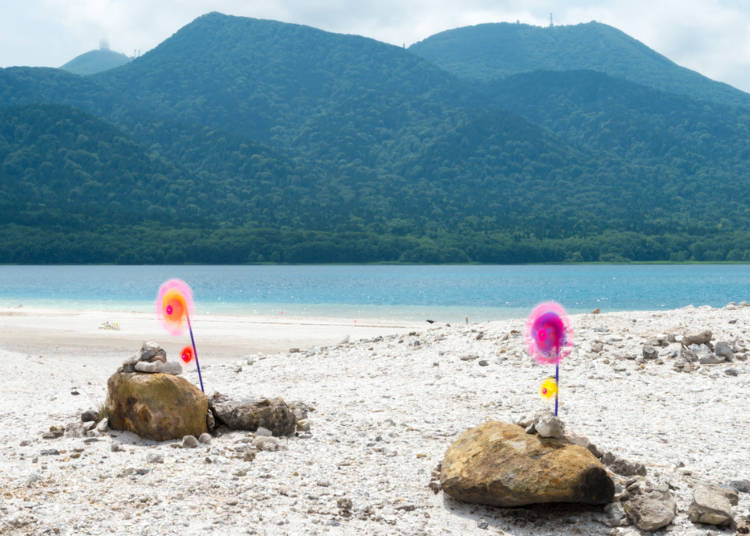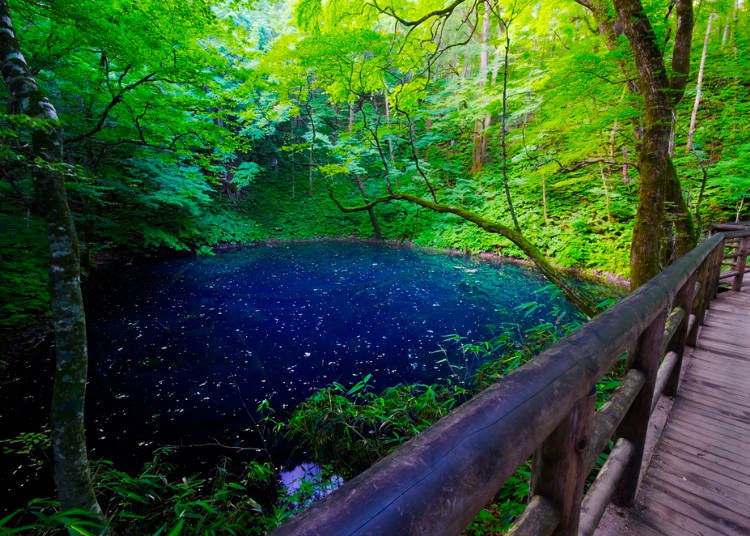
Aomori is a popular sightseeing destination located in the northernmost part of Japan's main island of Honshu. Famous for its apples and seafood dishes, Aomori is a fun place to visit, especially with family.
There are also many Aomori festivals held in various places that attract crowds of tourists every year, including one of Tohoku’s three biggest summer festivals: the Aomori Nebuta Festival.
Aomori is also home to beautiful, seasonal landscapes, including the Shirakami-Sanchi Mountains, which has been designated as a World Natural Heritage Site; Oirase, which is designated as a national park; and nature-abundant places such as Towada-Hachimantai National Park and the Hakkoda Mountains.
Try the cuisine, experience the events, and enjoy the sightseeing in Aomori – here are some highlights for your perfect trip!
About Aomori Prefecture

The terrain of Aomori is divided in the center by the 1,000-meter class Hakkoda Mountains, and is also broadly divided by the Tsugaru Region to the west, and the Nanbu Region to the east.
Each area has different features, including culture and cuisine. Aomori Prefecture is the 8th largest prefecture out of all 47; therefore, it is impossible to see all the sights in a single day.
Because of its size, renting a car is one of the best ways of getting around, however, if that is not possible, or for shorter trips, local lines and buses are also available. There are plenty of unique attractions, cultures, and customs that you can find all around the region, even locally.
Aomori Bucket List: Top 10 Things to Do in Aomori, Japan's Northern Nature Paradise!
Aomori Sightseeing: Tsugaru Region
With a spotlight attraction of Hirosaki Castle, the Tsugaru area has many eclectic streets with an east-meets-west vibe, where both Western-style buildings and Japanese temples coexist.
There are power spots such as the Iwakiyama Shrine and sightseeing spots such as the Tappi Misaki Cape, which lies at the northernmost tip of the Tsugaru Peninsula. “Rice paddy art” is another popular tourist attraction in the countryside villages, produced using different colored rice.
1. Shirakami-Sanchi

The Shirakami-Sanchi Mountains are known for having the world's largest old-growth beech forest, and along with Yakushima, were the first sites to be registered as World Natural Heritage Sites in Japan.
This vast mountain forest spans the border of Akita Prefecture, and is home to attractions such as Aoike Pond and Anmon-no-Taki Falls.
The Shirakami-Sanchi Visitor Center has many guides and informational sources available that explain the surrounding nature as well as the origins and attra…

